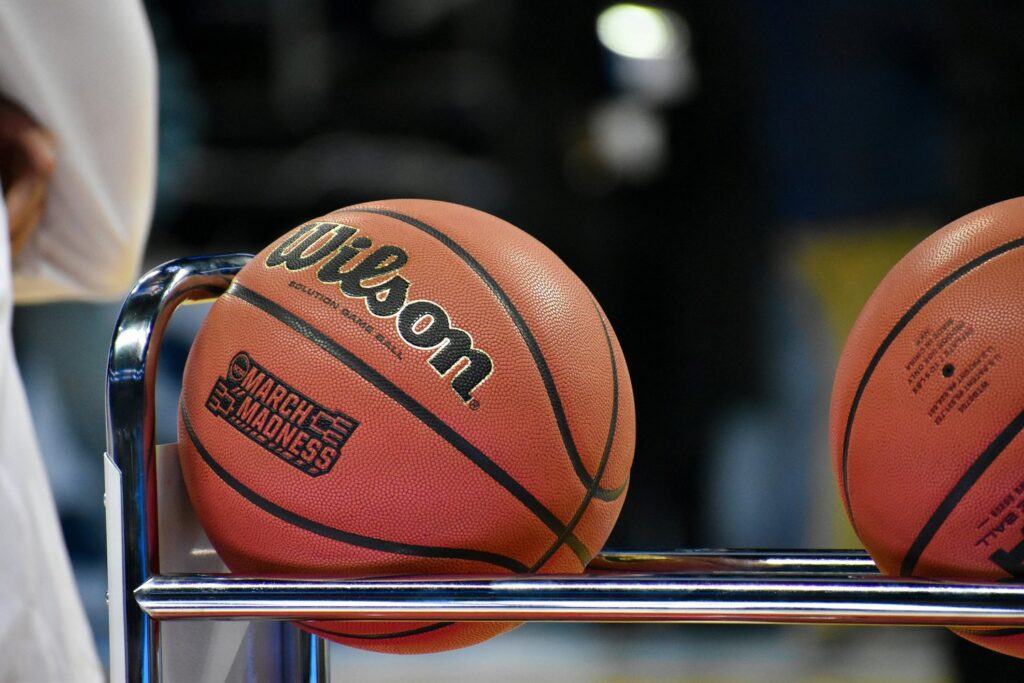The Overlooked Legacy of Women’s Basketball
Growing up, I often heard criticisms suggesting that women’s basketball paled in comparison to men’s, and it was rare to come across any promotions for their games. Reflecting on that now, it’s baffling to comprehend why such a narrative prevailed.
Diving into archives of past women’s March Madness games reveals a rich history of thrilling competition — a name they couldn’t officially use until a few years back. Yet, these forgotten gems show that anyone who dissuaded you from watching was robbing you of incredible entertainment.
Women’s college basketball has faced challenging environments, especially during the COVID-19 pandemic, when the conditions for their ‘bubble’ tournament were noticeably inferior to the men’s facilities.
Despite the hurdles in their path for equality and recognition, women’s college basketball has always been captivating — your newfound interest should have emerged much sooner.
A Historic Upset
Looking back to 1998, we witness a defining moment. The Harvard University Crimson traveled across the country to challenge the Stanford University Cardinals in front of a packed audience. It was a classic 16 vs. 1 seed matchup, and the atmosphere at Maples Pavilion was electric, with fans expecting a straightforward victory for Stanford. However, the game unfolded in unexpected ways.
Harvard seized an early advantage and fought valiantly against Stanford’s attempts to recover. Although the Cardinals were hindered by injuries to two key players and Harvard was underestimated, this moment was monumental.
The Crimson triumphed with a score of 71-67, led by the remarkable Allison Feaster, then the top scorer in the nation. They stunned the audience, defeated a team with three consecutive Final Four appearances, and put the Ivy League on the athletic map.
This victory represented the first time a 16-seed had ever won an NCAA tournament game, a feat that would take 20 more years to see on the men’s side, when UMBC upset UVA.
Cheryl Miller: A Pioneer
Travel further back in time, and you’ll encounter the legendary Cheryl Miller from the University of Southern California. Known for scoring 105 points in a single game during high school, she led USC to consecutive championships in the ’80s.
Often, Miller’s name is mentioned alongside her NBA brother, Reggie Miller, merging their legacies unfairly. Yet, she deserves to stand out in her own right.
Cheryl Miller was a trailblazer, securing the second and third official NCAA national championships for USC. Long before Caitlin Clark showcased deep shooting, Miller dazzled audiences with her ability to score from anywhere, threading passes through defenses, and playing tenacious defense.
The Allure of Women’s Basketball
Though I wasn’t alive when Harvard triumphed over Stanford, nor were my parents teenagers during Miller’s prime, I find joy in watching those highlights and appreciate each moment, knowing the outcomes. Great basketball resonates, regardless of who plays.
The University of Connecticut’s dominance in the 2010s brought breathtaking moments to the sport. Under Geno Auriemma’s leadership, UConn achieved a stunning 111-game winning streak, punctuated by two consecutive national titles amidst a stretch of six championships in eight years — seemingly unbeatable.
That was until 2017, when Mississippi State University turned the tide, needing overtime and an unforgettable buzzer-beater to steal victory, igniting the arena.
Since then, UConn hasn’t reclaimed the championship crown, a shift that opened the door for diversity in winners. The last several tournaments have seen five different champions, with the University of South Carolina emerging as a new powerhouse under coach Dawn Staley, though not with the same monopoly as past dynasties.
Among recent champions, the University of Notre Dame shone brightly in 2018, led by the outstanding Arike Ogunbowale. Her unprecedented performances in the NCAA Finals, including a last-second shot against UConn in the semifinals and a decisive buzzer-beater against Mississippi State in the finals, were historic moments that deserved a louder celebration.
The Shift in Perception
There exists a palpable bias against women’s sports, often overshadowed by men’s. Yet, recent seasons have witnessed remarkable talents like Clark, Angel Reese, and Paige Bueckers captivate audiences. The thrill of edge-of-your-seat competition has always been prevalent; so why the delayed interest?
Concerns about parity in women’s sports are valid, but they mirror challenges faced in men’s basketball too. Yet, fans remain loyal to the men’s game.
This year’s women’s Final Four culminated in an exhilarating national championship matchup between South Carolina and UConn, showcasing two of the strongest programs of the decade. Ultimately, UConn asserted its dominance again, setting the stage for what promises to be an exciting rivalry.
But the truth is, elite and entertaining basketball has always existed within women’s sports. It’s time we recognize that this game has been worthy of our attention long before convening to applaud its recent growth.


